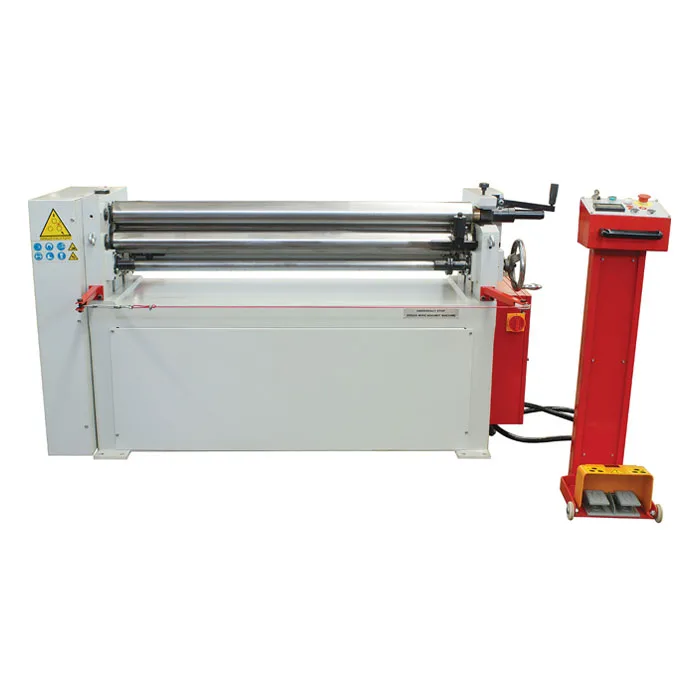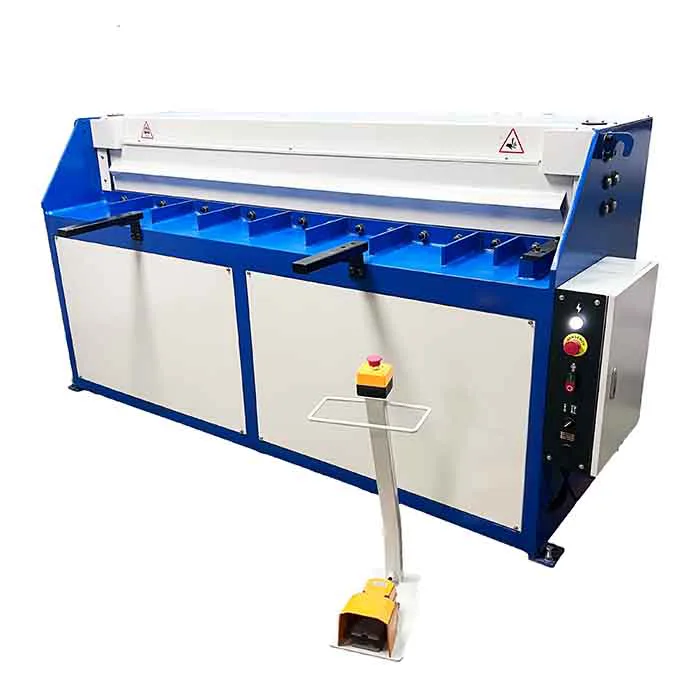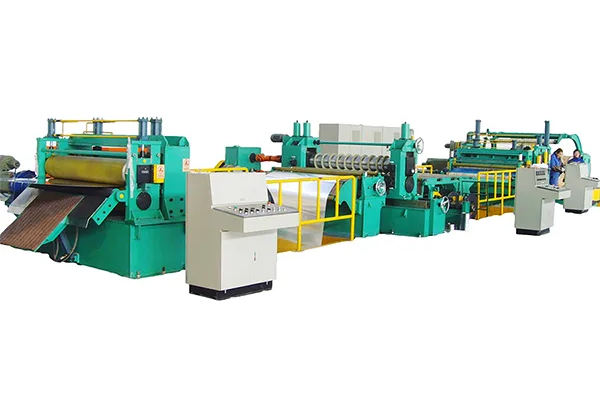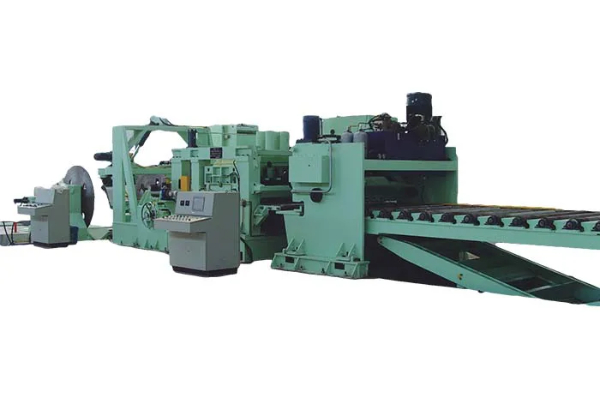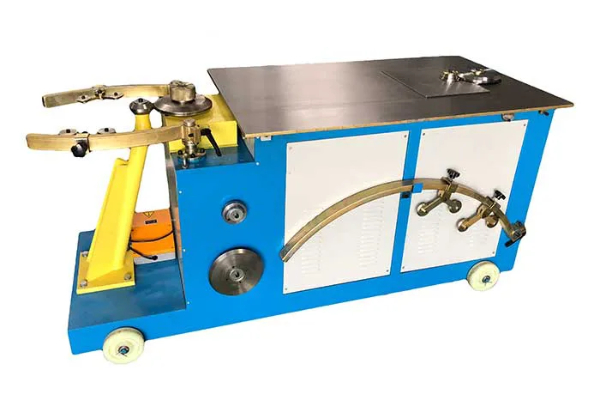
Breaking the Mold- Innovations in Plate Bending Machine Design
- By:Metmac
- 2024-05-16
- 162
Introduction
The world of metalworking is constantly evolving, with new technologies and innovations emerging to improve efficiency and productivity. One area that has seen significant advancements in recent years is plate bending, thanks to the introduction of innovative plate bending machines. This article will delve into the groundbreaking innovations that are breaking the mold in plate bending machine design, empowering manufacturers to achieve new heights of precision, versatility, and productivity.
Enhanced Precision and Control
Precision is paramount in plate bending, as even minor deviations can compromise the quality of the final product. Modern plate bending machines leverage advanced control systems and sensors to deliver unmatched precision. These systems utilize laser scanners or optical encoders to measure the position of the workpiece in real time, enabling precise bending angles and consistent results.
Increased Versatility and Flexibility
Traditionally, plate bending machines were limited to specific plate thicknesses and materials. However, with the advent of innovative designs, such as modular bending systems, manufacturers now have greater versatility and flexibility. These systems allow for the easy exchange of tooling and accessories, enabling the machine to handle a wide range of materials and thicknesses, including thick, high-strength alloys.
Improved Safety and Ergonomics
Safety is a top priority in any manufacturing environment. Modern plate bending machines incorporate advanced safety features such as interlocking guards, pinch point protection, and dual-hand controls. These measures reduce the risks associated with bending operations, ensuring a safe working environment for operators. Additionally, ergonomic designs minimize operator fatigue and strain, enhancing productivity and comfort.
Increased Productivity and Efficiency
In today’s competitive manufacturing landscape, productivity is key. Innovative plate bending machines incorporate features that significantly increase efficiency. Automated loading and unloading systems eliminate manual handling, reducing labor requirements and cycle times. Additionally, advanced software and optimization algorithms optimize bending sequences, minimizing tool changes and maximizing throughput.
Enhanced User Experience
Modern plate bending machines are designed with the user in mind. User-friendly interfaces, intuitive controls, and remote connectivity enhance the overall user experience. These features simplify operation, reduce training time, and allow for remote monitoring and diagnostics, enabling manufacturers to optimize machine performance and minimize downtime.
Future Outlook
The future of plate bending machine design holds immense promise. Advancements in artificial intelligence (AI) and machine learning (ML) will further enhance precision, automation, and productivity. Remote and predictive maintenance will become more prevalent, ensuring optimal machine performance and reducing unplanned downtime. As technology continues to evolve, the capabilities and functionalities of plate bending machines will undoubtedly continue to break the mold, empowering manufacturers to achieve new levels of efficiency and innovation.
-
Metal Sheet Forming Machine: The Engine of Modern Fabrication and the METMAC Standard
2025/12/30 -
Laser Cutting Machine for Steel Plate: Precision Redefined for Modern Fabrication
2025/12/30 -
Metal Curving Machine: Shaping Strength with Precision and the Art of METMAC Engineering
2025/12/30 -
Shear Metal Cutting Machine: Precision, Power, and the METMAC Standard
2025/12/30
-
Advanced Sheet Metal Rolling, Laser Cutting, and Folding Machines for Precision Fabrication
2025/10/31 -
High-Performance Sheet Metal Bending and Cutting Machines for Modern Fabrication
2025/10/31 -
High-Quality Sheet Metal Equipment for Sale: Efficient Solutions for Modern Manufacturing
2025/10/31 -
High-Performance Sheet Metal Equipment for Sale: Forming and Shearing Solutions for Modern Fabrication
2025/10/22
-
A Guide to the Latest Innovations in Sheet Metal Folding Machines
2024/11/29 -
Key Features to Consider When Investing in a Sheet Metal Folding Machine
2024/11/28 -
Enhancing Precision with Advanced Sheet Metal Folding Machines
2024/11/27 -
How to Choose the Right Sheet Metal Folding Machine for Your Workshop
2024/11/26


